Copyright © 2023 Telesto Strategy LLC, All rights reserved.
Understanding Biden’s Climate Policy – 6 Steps All Businesses Should Take
Since coming into office, the Biden-Harris administration has demonstrated its commitment to climate leadership in executing an extensive set of executive orders intended to “supercharge” the US’s response to climate change. This is apparent in the comprehensive 10-Year Climate Plan that has been outlined as part of the president’s Earth Day climate change virtual summit, where the US has committed to cutting climate pollution in half by 2030 and reaching net-zero emissions by 2050.
As such, the US will now take steps to achieve meaningful international climate leadership and contribute toward global climate initiatives. Moreover, the orders are internal-looking as well as, focused on better coordinating the country’s domestic efforts to reduce greenhouse gas emissions.
This is a sharp and intentional turn from the previous administration that will have resounding impacts across all sectors, industries, and jurisdictions. Thus, it is also a unique opportunity for businesses to adapt to the new policies not only from a compliance mindset, but also one of growth and opportunity. Given the extent of new policies and changes, what should businesses focus on? We’ve simplified and prioritized the six actions visionary business leaders must take.
1. Understand That Climate Is Elevated to an Essential Element of US Foreign Policy and National Security, Prepare with Legal Readiness
With the broad scope of the new policies, addressing the climate crisis is now elevated to an essential element of US foreign policy and national security. The US will now direct all agencies to develop strategies for integrating climate considerations in their international work. Additionally, a National Climate Task Force will be assembled from leaders across 21 federal agencies and departments.
The US will develop and implement a climate finance plan that will promote the flow of capital toward climate-aligned investments and away from high-carbon investments.
What does this mean for business leaders? It means that centralized climate policy, action, and accountability are not a pendulum. Instead, the changes being made in Washington DC are taking deep root and permeating all branches of government. Accordingly, businesses must respond by conducting a full audit of climate readiness and regulatory vulnerabilities. They should plan for the long term and implement the legal channels and competency needed for increased climate regulation.
2. Set Net-Zero Targets and Make Them Count
As part of the executive orders, the US will implement and enhance the targets previously committed to as part of the Paris Agreement, making clear that both significant short-term global emission reductions and net-zero global emissions by mid-century are required to avoid setting the world on a dangerous, potentially catastrophic, climate trajectory.
The pressure will be on businesses to not only comply but also to show climate leadership. To stay competitive and build climate stewardship into their growth strategies, businesses must set credible net-zero targets. Science-based targets will be key. There is an array of tools and approaches to show companies how much and how quickly they need to reduce their greenhouse gas (GHG) emissions to prevent the worst effects of climate change.
Yet, net-zero targets are more about labels and marketing than reality for most organizations. Although the intent is there, the complexities to operationalize are numerous. Plans are hard to compare and definitions loose. The details behind “net-zero” differ materially. Some targets focus solely on carbon dioxide. Others cover all greenhouse gases. “Carbon neutral” and “climate neutral” are sometimes synonyms for net-zero carbon dioxide, but not always. Consistency, clarity, and accuracy are essential.
Finally, the scope of sources of emissions covered also varies. Company targets might cover only emissions resulting from their direct activities or might include emissions across the value chains. Determining net-zero targets requires a mix of scientific, business, and ethical considerations. It’s imperative that C-level and board leadership conduct a comprehensive review and determine a transparent path forward that is actionable and brings other stakeholders along on.
3. Assess Your Portfolio for Carbon Assets
A number of factors contribute to the financial liabilities that companies will face with any carbon-related asset (e.g., pipelines, ports, power plants, ocean drilling platforms, etc.). First, with the energy transition plan and the US’s recommitment to reduced carbon emissions vis-à-vis the Paris Agreement, the policies require a moratorium on all new oil and natural gas leases on public lands or in offshore waterways until a comprehensive review and reconsideration of federal oil and gas permitting and leasing practices have been submitted.
The second key factor in this equation is the cost-effectiveness of solar energy. According to the International Energy Agency’s World Energy Outlook 2020, as of October 15, 2020, solar energy became the cheapest electricity in history. This was supported by Lazard’s study on the Levelized Cost of Energy, adding that solar and wind were both by far the most affordable sources of energy. What’s even more impressive, when you look back to see how off cost estimates were only two years ago. The price of solar power is now 20—50 percent cheaper than was estimated in 2018.
Where does your business have a dependence on carbon assets? Fossil fuels? Businesses must seek divestment sooner rather than later, given the projected changes to a low-carbon economy and the cost-effectiveness of renewables. Carbon-related assets will be stranded, meaning that at some time prior to the end of their economic life (as assumed at the investment decision point), they are no longer able to earn an economic return. Carbon-related assets will be worth less than expected and those with the greatest carbon portfolios will have the most to lose. Beyond the economic stranding of these assets, there will also be physical stranding due to distance, flooding, and droughts. Furthermore, businesses will have to mitigate the regulatory stranding due to a change in policy.
With so much at stake, those that move most aggressively will be in far better positioning over the long run and will have demonstrated meaningful climate leadership.
4. Mainstream ESG Criteria for Investment Decisions and Elevate to Corporate Strategy
With the centrality of sustainability, climate change, and energy transition policy being put forward, the momentum is clear: Environmental, Social, and Governance (ESG) investment is here to stay. And, business leaders must understand this investments on two levels: (i) its investment management strategy and (ii) how it can elevate ESG decision-making to a company’s corporate growth strategy. The second level, especially, is a missed opportunity for most large corporations. Being responsive and including stakeholders in decision-making goes by many names. The one thing that is evident and all leaders must understand is this approach is no longer a “nice to do”, but a “must do”. It’s where the world is going.
To activate this opportunity, leaders must recognize how sustainability and circularity touch every element of their business. Functional leaders need to convene at the highest level of the organization and ask critical questions:
Board: How does the board drive commitment to long-term vision and purpose and deliver on the promise of a shared value growth model?
CEO: How can we evolve our business and institute a sustainable and circular operating model—one that drives action and delivers positive value to shareholders and stakeholders? How do I ensure that ESG concepts are elevated to and incorporated in our corporate strategy?
CFO: How does this inclusive growth strategy create additional feedback loops to shareholders and demonstrate financial returns and long-term financial health?
COO: How can we operate our business model more effectively and experiment with collaborative models? How do we achieve a regenerative approach to our physical operations?
CRO: How do we build resilience to business disruptions caused by climate change and resource scarcity? How do we recognize and manage these risks at the highest level in our organization?
CMO: How can social and environmental concerns and our activities help differentiate our products and services? How can purpose and a commitment to a shared growth model increase our market share?
5. Understand Dependencies on Public Infrastructure, Expect Big Changes
Critical to the energy transition that is proposed, the US will require a significant upheaval and improvement to public infrastructure. The climate-related executive orders put it plainly. The US commits itself to environmental justice and new, clean infrastructure projects. Furthermore, creating and improving infrastructure (buildings, water systems, transportation, and energy supply) improves the resilience of the systems to worsening climate shocks.
Relevant to business real estate portfolios, Leadership in Energy and Environmental Design (LEED) certification will find its way into federal regulation. Zoning and building codes will each evolve to ensure that climate change impact is taken into consideration.
Additionally, expect a renaissance of the railways, as the US looks to catch up to other countries with much more broader and more-advanced rail systems, and do so in a clean, sustainable way.
In the agricultural sector, a “carbon bank” will be established under the USDA’s purview that pays farmers and forest owners to store carbon in their soil and land.
The impact of public infrastructure policies and initiatives will impact each business differently. Understanding where your business model and broader value chain touch and rely on public infrastructure is the critical first step. These touch points should be evaluated not only for new compliance requirements, but also for growth opportunities.
6. Conduct Regular Climate Stress Tests
Climate change is visibly disrupting business. It is causing unprecedented physical impacts, such as rising sea levels and increased frequency of extreme weather events. At the same time, policy and technology changes that seek to limit warming and reduce the associated physical impacts can also cause disruption to business.
In light of these critical risks, investors, regulators, and other stakeholders continue to challenge companies to demonstrate a bold, integrated, and strategic approach to mitigating climate-related risks and pursuing climate-related opportunities. Yet, corporate boards still struggle with how to frame the risks and opportunities and embed a viable transition strategy into their business models.
As part of this risk assessment, boards should conduct regular climate stress tests, which identify the short-, medium-, and long-term materiality of climate-related risks and gauge operational and value chain readiness to absorb ever-increasing climate shocks. The use of stress testing to measure climate-related risks is a relatively new development and covers four main dimensions:
Physical Risk – What is the risk associated with the physical effects of climate change (e.g., flood damage, fire risk)?
Transition Risk – What is the risk to the business in terms of policy and regulation changes in response to climate change (e.g., new carbon taxes, building code requirements)?
Carbon Liability Risk – What is the risk to your long-term viability in terms of the extent of carbon asset liability risk your business faces? To what extent is your portfolio/business model reliant on carbon-related assets?
Legal Risk – What is the risk associated with legal suits demanding compensation for inadequate disclosure of climate-related risks or inadequate pre-emptive action (e.g., pollution)?
Consider integrating these stress tests into the strategic planning process and budget/operating cycle planning. The climate scenarios that are modeled should be diverse and recognize the limitations of modeling based on historical data. Finally, build a climate shock readiness scorecard to drive visibility and accountability that is managed by the company’s most senior leadership.
We understand these changes can’t be made overnight and will take considerable effort to implement in a meaningful way and for businesses to evolve their business models. Learn more on Climate Leadership and what it takes for executives to make this sizable shift. Telesto is at the ready to partner with businesses, policymakers, innovators, and investors around the world to make the shared vision of leadership possible. We are at a turning point where inaction is also a choice. We call on every business leader to join this effort and lead the way.
Read more with The White House’s Fact Sheet regarding the Biden/Harris executive actions as well as relevant policy and memoranda:
Our latest insights




